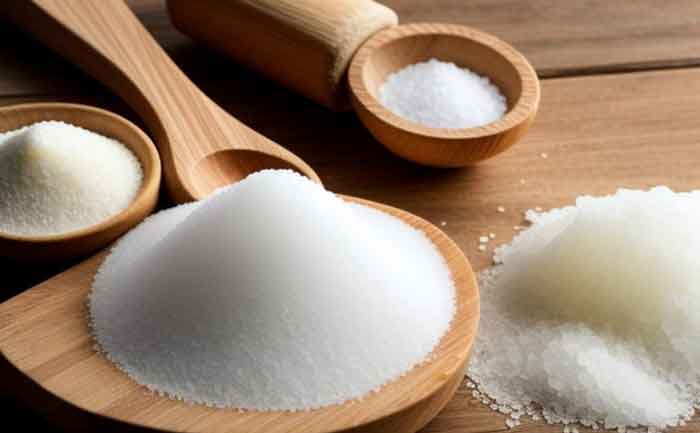Raw salt, also known as unrefined salt, refers to salt that is harvested from natural sources, such as salt lakes, salt mines, or seawater, with minimal processing. We have supplied raw organic salt from the Salt Lake with competitive raw salt price. Unlike refined salt, which is typically purified and sometimes contains additives like anti-caking agents or iodine, natural salt retains its natural minerals and trace elements. Here’s an in-depth look at the formation, characteristics, and uses of raw salt:
Formation of Raw Salt
It is formed through natural processes that concentrate salts in specific environments. These environments include:
- Salt Lakes: As described earlier, salt lakes form in closed basins where water evaporates, leaving behind concentrated salt deposits. These deposits are often harvested directly as unrefined salt.
- Salt Mines: In some regions, ancient seas have evaporated over millions of years, leaving behind vast underground deposits of salt. This rock salt, also known as halite, is mined and can be used as unrefined salt.
Seawater Evaporation: Coastal areas with salt flats or shallow ponds often produce raw sea salt through the natural evaporation of seawater. The sun and wind gradually evaporate the water, leaving behind salt crystals.
Characteristics of Raw Salt
It has several distinctive characteristics that set it apart from refined salt:
- Mineral Content: This type of salt contains a variety of trace minerals, such as magnesium, calcium, potassium, and iron, which give it unique flavors and colors. These minerals are often removed during the refining process, so they are more prevalent in it.
- Texture: Depending on the source and method of harvesting, it can have a coarse, flaky, or fine texture. The crystals are often irregular in shape, contributing to its rustic appearance.
- Color Variations: It can vary in color from white to pink, gray, or even black, depending on the minerals it contains. For example, Himalayan pink salt gets its color from iron oxide, while Celtic sea salt has a grayish hue due to its high mineral content. Our lake salt has natural white color.
Purity: It is typically free of chemical additives, preservatives, or bleaching agents. However, it may contain natural impurities, such as sand or organic matter, which can be removed by washing or sieving.
Natural Evaporation
Natural evaporation is a process widely used for harvesting salt, particularly from saltwater bodies such as salt lakes, seas, and salt flats. This method relies on the natural forces of the sun and wind to evaporate water, leaving behind crystallized (crystallization process) salt that can be collected and refined.
Once the water has mostly evaporated, the remaining liquid, called brine, becomes super-saturated with salt. At this stage, the salt begins to crystallize and form solid deposits on the pond floor. This crystalline salt can then be harvested and collected.

